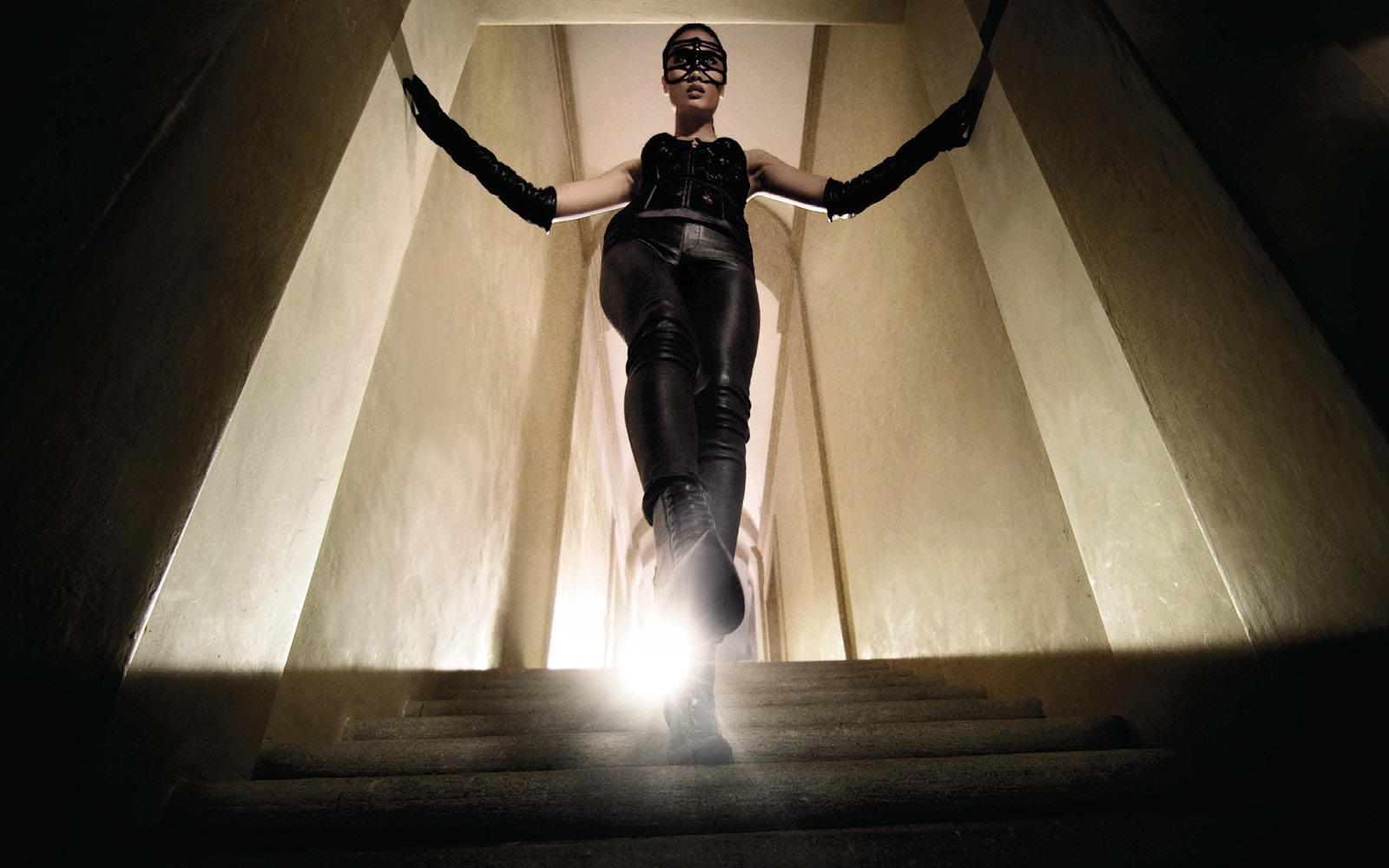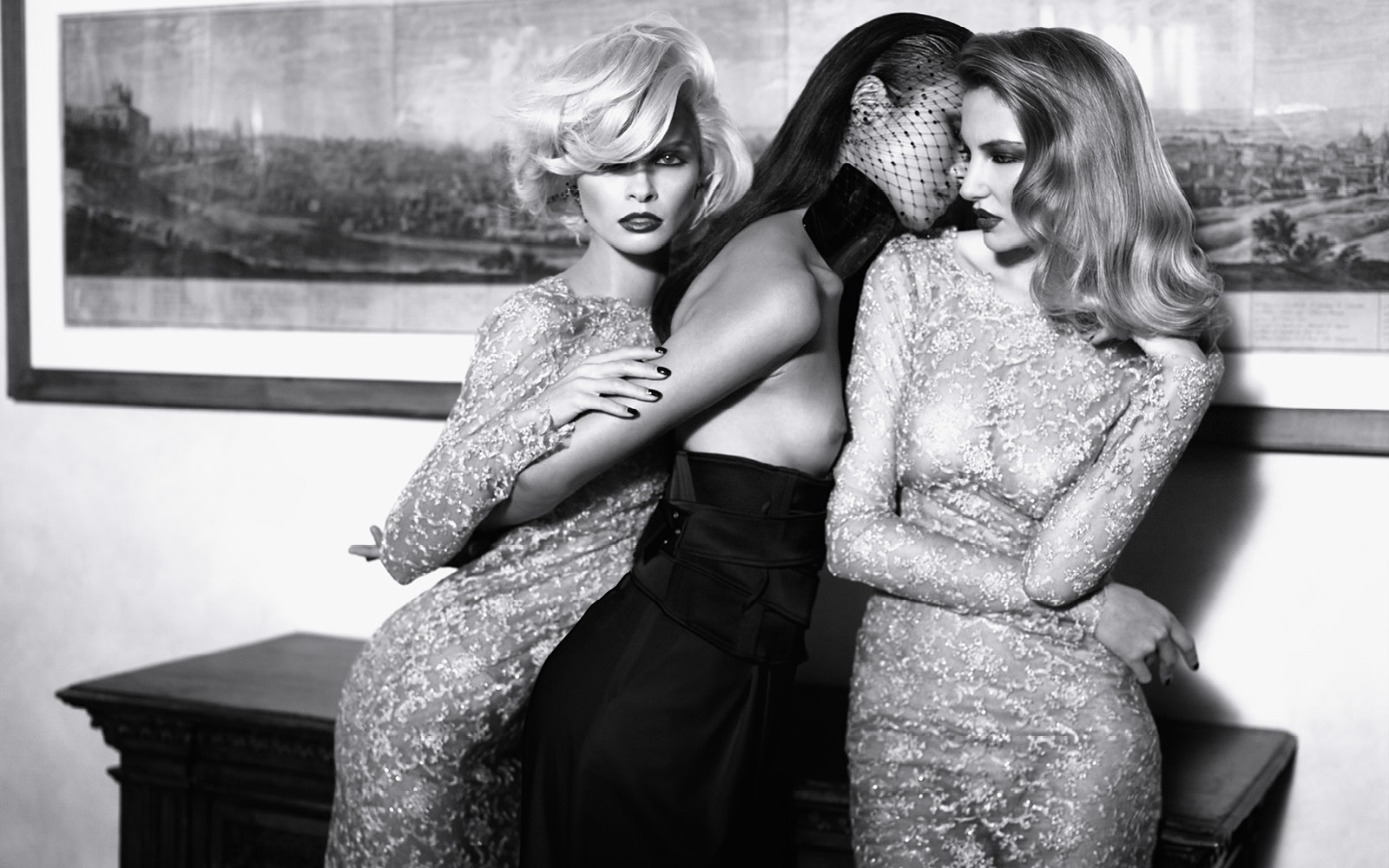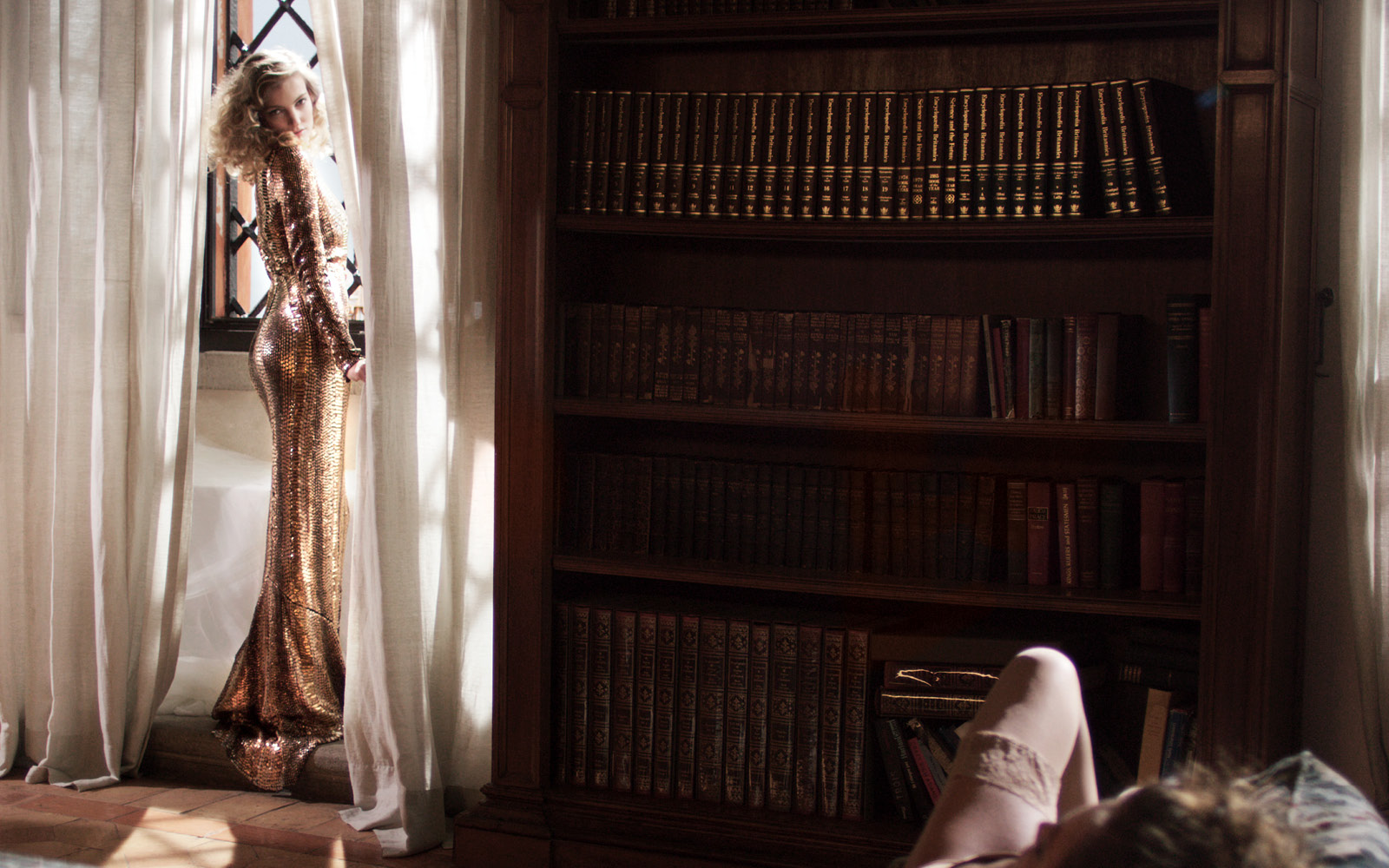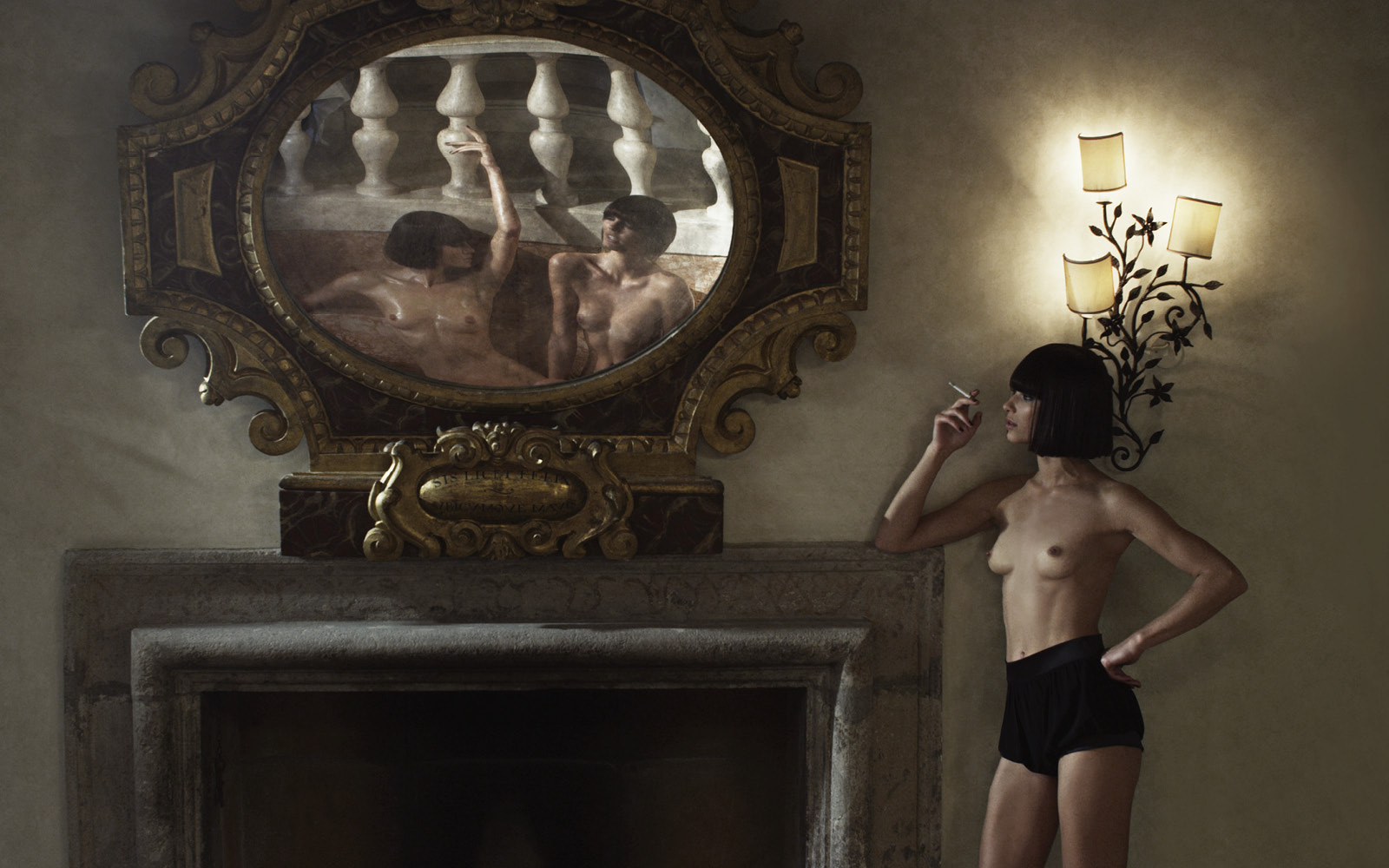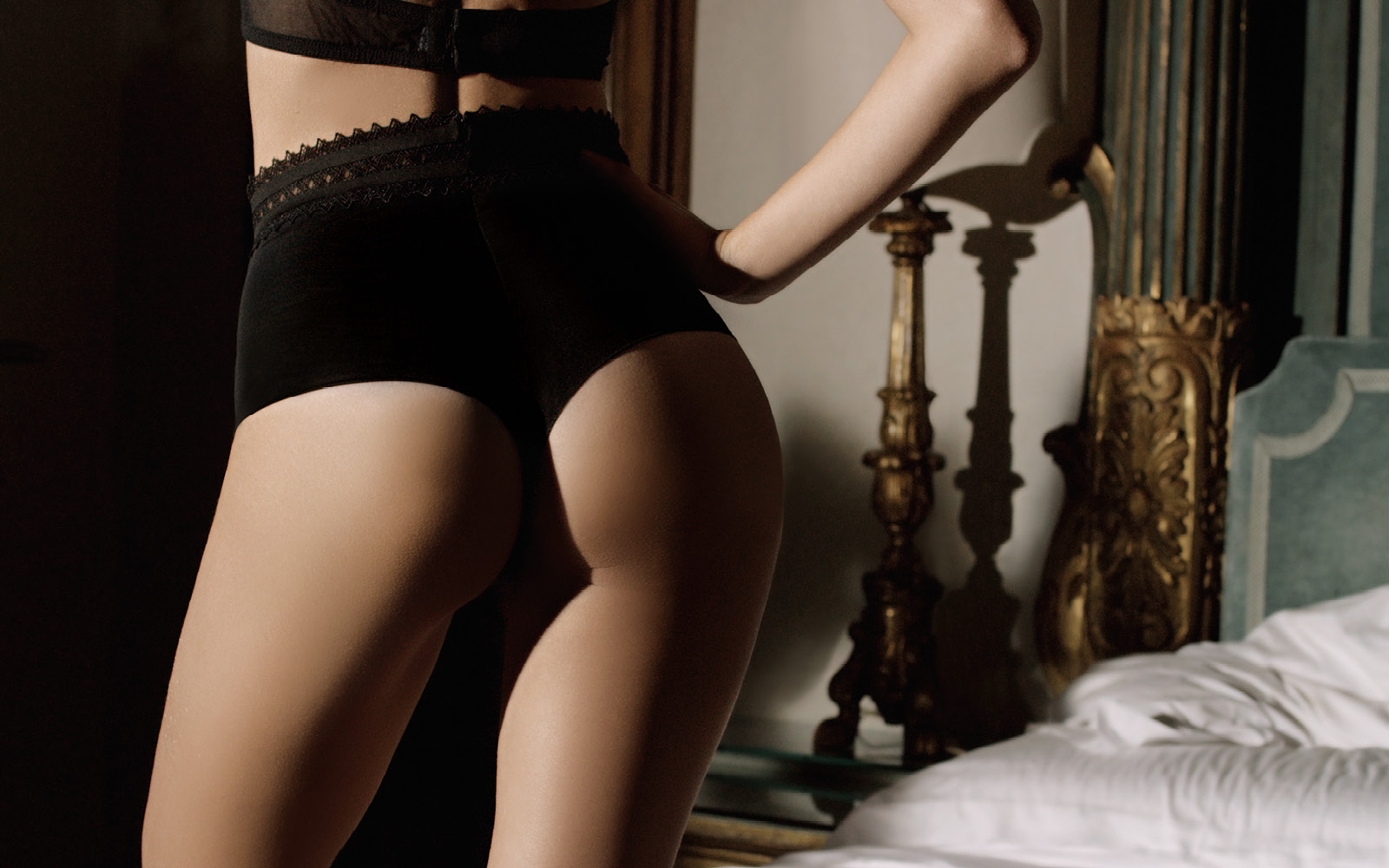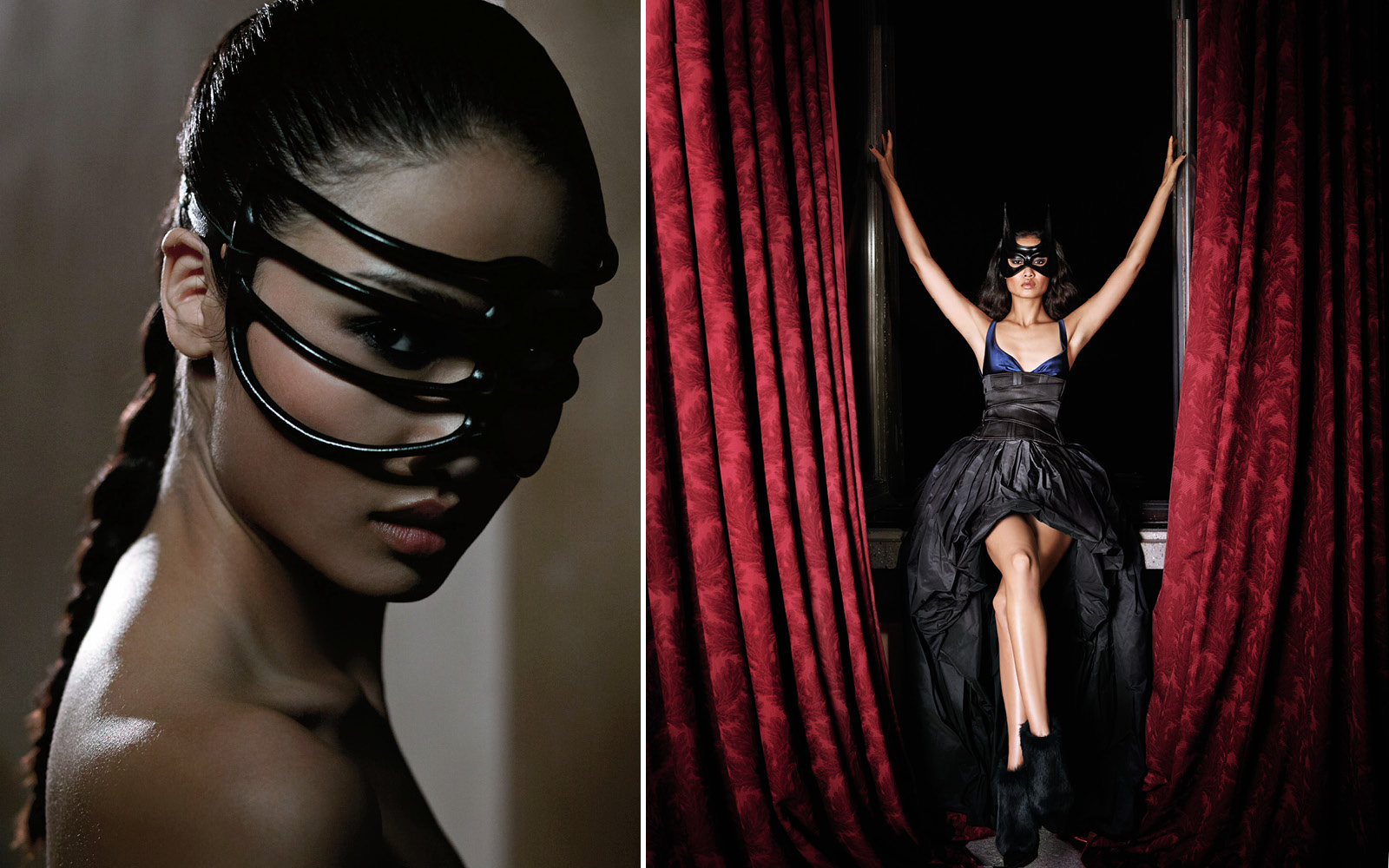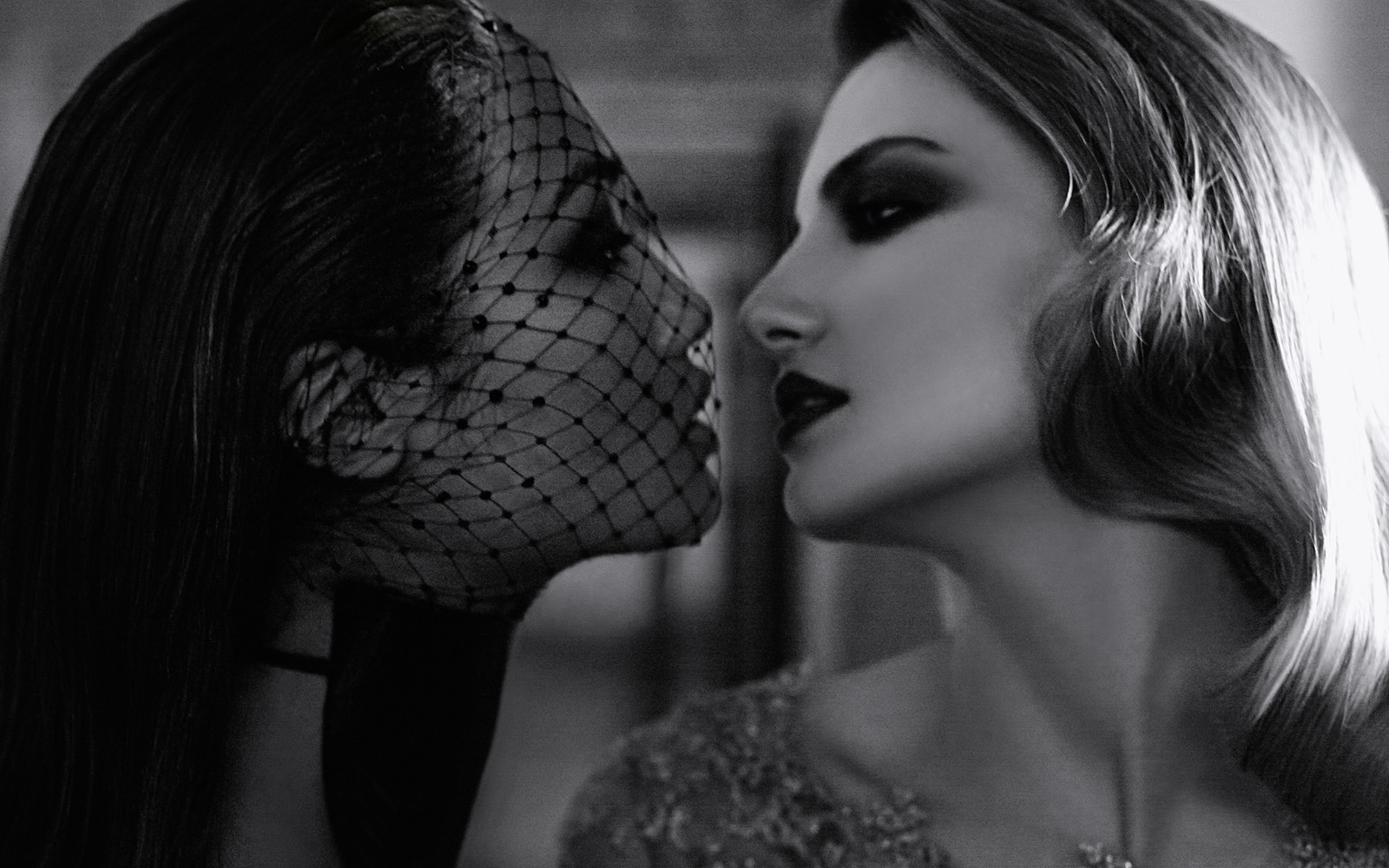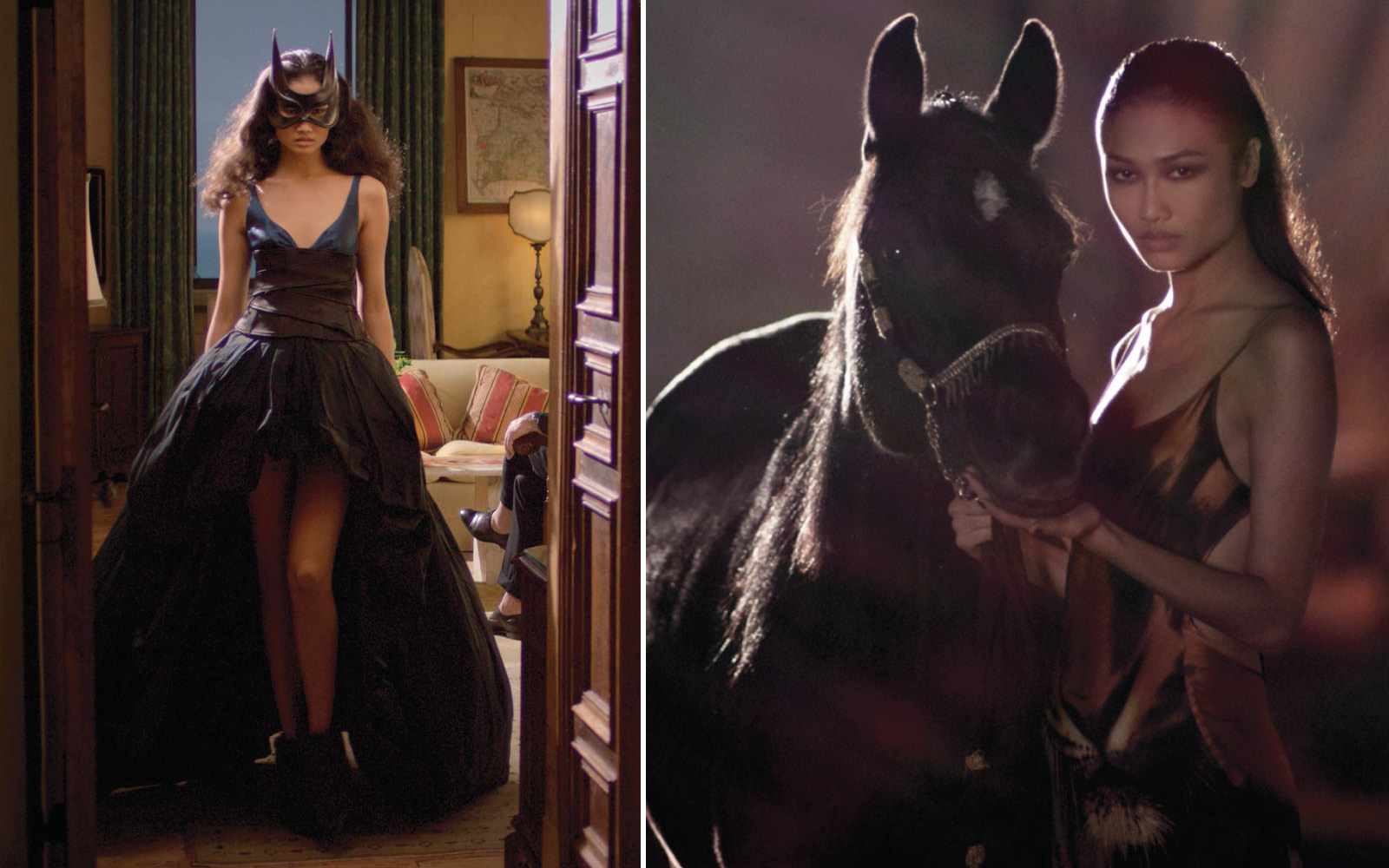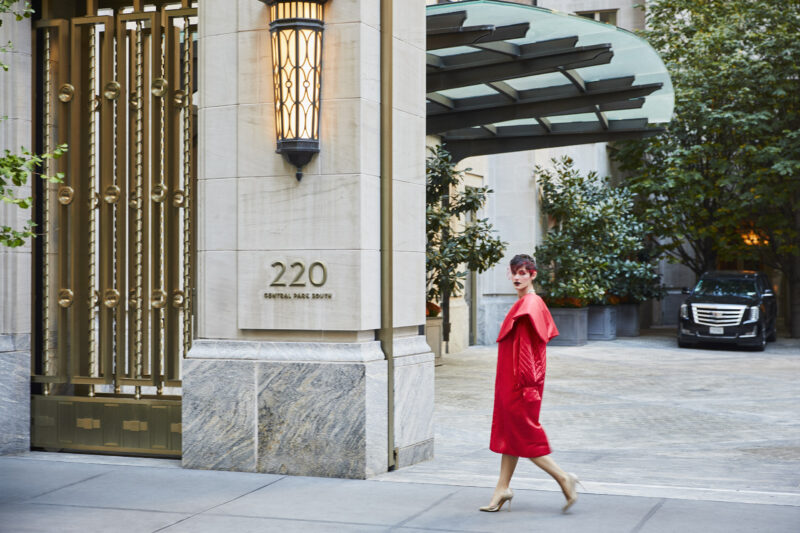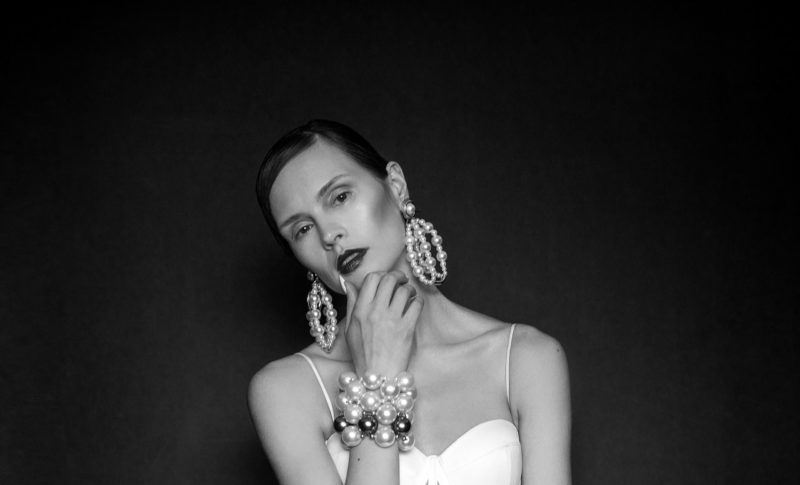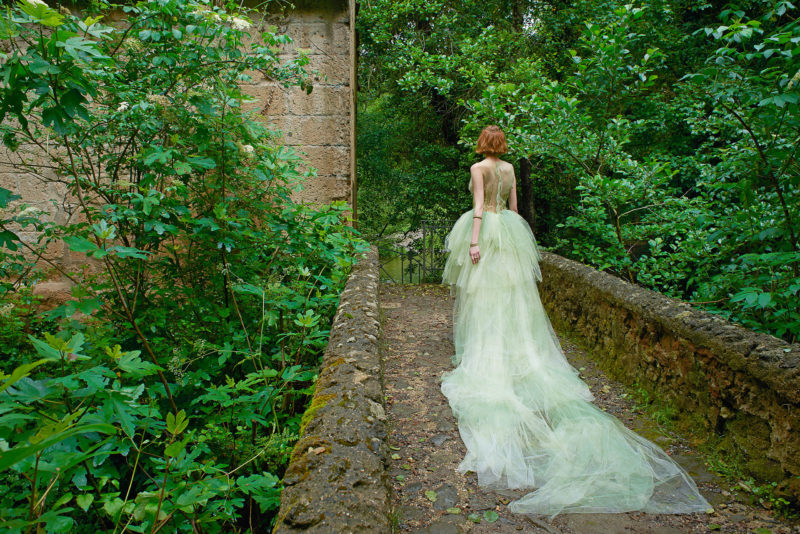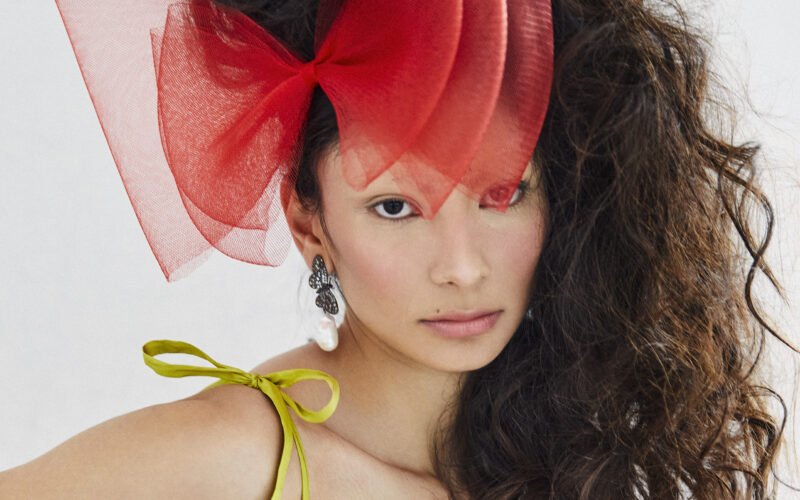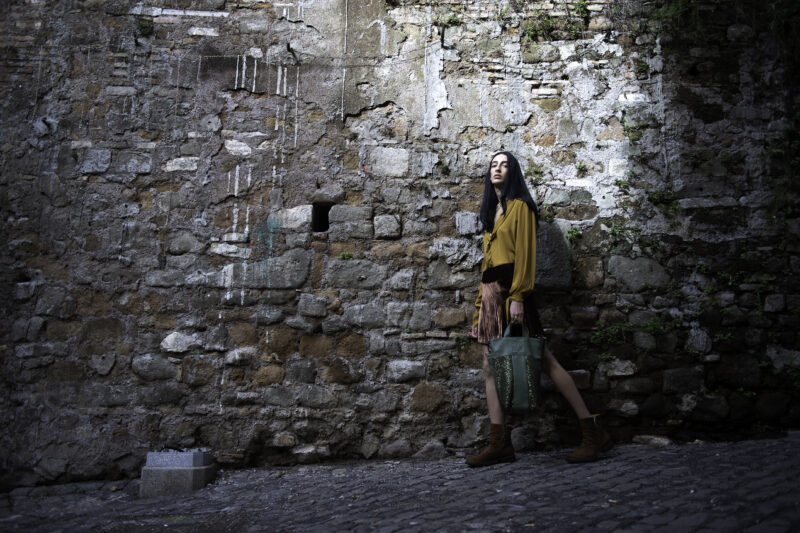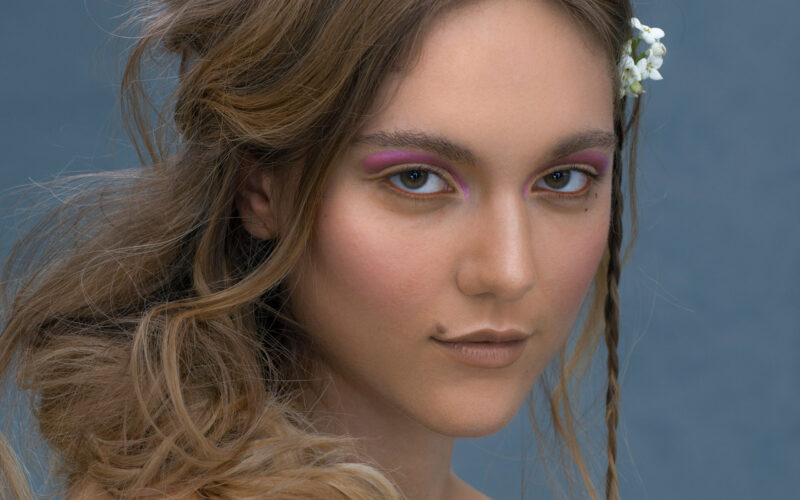Founder of the infamous Pier 59 Studios, Federico Pignatelli, has a passion for photography.
Featured fashion: Necklace Alberto Zambelli / Dresses Luisa Beccaria & Roberto Cavalli / Lingerie La Perla
Yelena Deyneko: Tell us about your latest project, The Great Beauty.
Federico Pignatelli: I took an opportunity to express my creativity and imagination, and shoot my first photography book, The Great Beauty (teNeues publishing), which is distributed worldwide. I developed an idea for a fashion story, rented a whole historical villa near Rome, Italy, and was ready to release it myself when the finest German publisher decided to make it a part of his new art collection. It made me very proud!
YD: What was your vision?
FP: My intention was to describe beauty connected not just to fashion, but to all we experience in life: people, architecture, relationships. Women are incredibly beautiful, elegant as a true form of art, as are the clothes that adorn them. And architecture – in today’s world we build incredible buildings, but the villa I chose was built 400 years ago and was where Paul Getty lived for several years in the ’60s, running his business empire being the richest man in the world. He loved art and he loved Italy and very much Rome, the town where I was born. SoI shot there to bring out the history of elegance in architecture; the adornment, the beautiful furniture mixed with stunning women and clothing, all timeless and unique. That’s a whole feeling we have lost touch with, because the modern world is a digital era of hyper-communication, and hyperspeed in human relationships.
Still photography is phenomenal because in a fraction of a second you capture a feeling, the expression of a person or a moment, but photo videography is equally intense, yet different. It’s two different levels of creativity; between reality and mystery. My intention (with The Great Beauty) was to describe beauty connected not just to fashion, but to all we experience in life: people, architecture, relationships.
YD: What was the casting like?
FP: The project was put together in only two weeks, because the location became available at the very last moment. I rushed into an intense casting of hundreds of models in New York, Paris, Milan and Miami before selecting fourteen models, all of them for their beauty, intelligence, elegance and passion. I wanted them to understand that they were going to do something special, so I brought them all to the villa and literally locked them in. I told them: “You’re not going leave until, together, we have created something that is extraordinary.” I believe we finally did; without their resilient passion and dedication I would not have been able to make it. It is impossible to direct someone when there is no connection; they have to feel what you are imagining, interpret your inspiration. They also had to interpret themselves, because I wanted them to unleash what they had inside. It’s all about me helping them liberate their personality and talents.
YD: You had a part?
FP: I was a shadow; the male figure is felt from their emotions, in movements, acting, subtle expressions. It’s all about women, passion and love for life.
YD: Tell us about your team.
FP: Thirty people including models. Very supportive and knowledgeable about highly sophisticated equipment, from camera operators to lighting people to electricians. We had only 5 shooting days at the villa and needed at least a day to set up and one to break down, so we worked day and night.
YD: What equipment did you use?
FP: This is an interesting question! We are in another important transition. Years ago we transitioned from conventional film to digital cameras, and now we’re moving into the age of photo videography: with new technology, we’re now able to extract a frame of video that has the same quality as a highend still digital camera. My book was definitely also a technological challenge to bring together the so-called “traditional” photographic equipment in conjunction with the latest of video at high resolution. In fact, my book is the first ever to include pictures shot from the camera and from the video. I went through thousands of frames from the video to choose the ones I liked, to make the first book ever printed by combining those two entirely different technologies. To shoot still you need a certain eye, as you need a different eye for video, and to do both you need yet another quality. We live in a three-dimensional world. Video brings that dimension and the emotion of movement. In still photography, there’s a different kind of emotion, it is the one that is frozen in time and essence. Images created by video are, in their way, more far-reaching, deeper. Still photography is phenomenal because in a fraction of a second you capture a feeling, the expression of a person or a moment, but photo videography is equally intense, yet different. It’s two different levels of creativity; between mystery and reality.
YD: How does it feel now that the project is behind you?
FP: I’m happy I did it but am already thinking of the next thing – but again, I am not a professional, I just want to express the way I see life, beauty and dreams mixed into reality.

